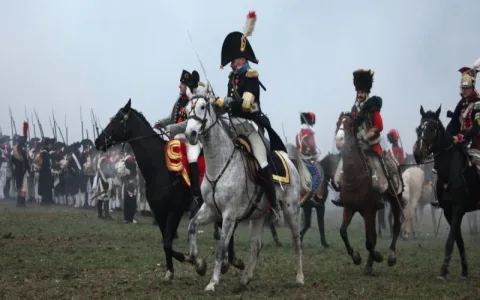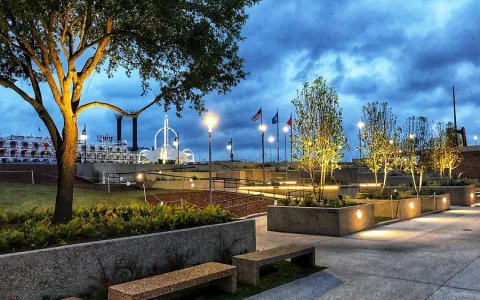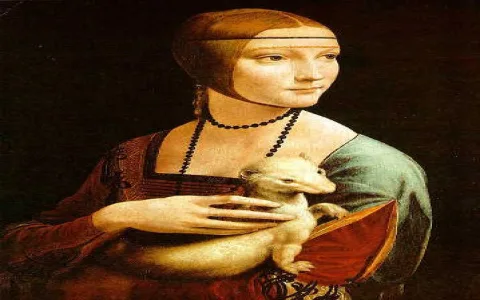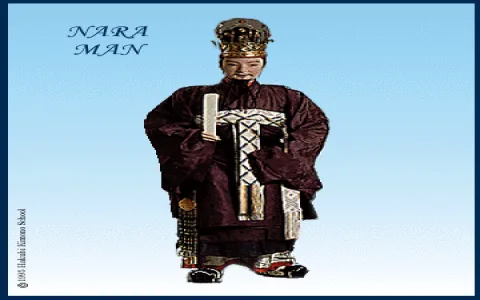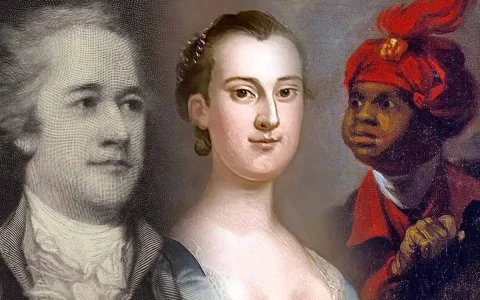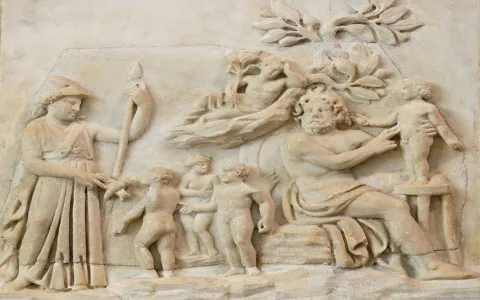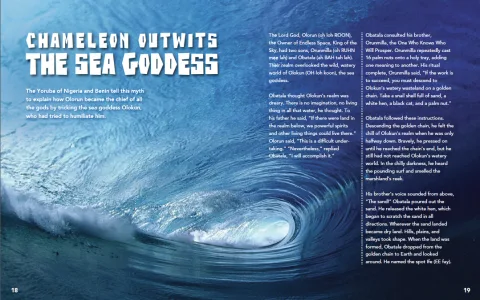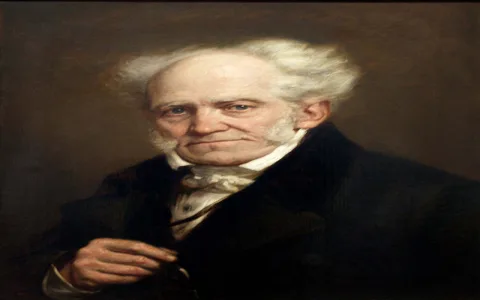So folks, lemme tell you this whole nymph thing snuck up on me. Honestly? Never gave ’em much thought before, just blurry background noise in those old Hercules cartoons, right? But one rainy Tuesday, stuck inside scrolling junk, I kept seeing these nature spirit names pop up: dryads, naiads, oreads. Got me scratching my head. Why do these nymphs actually matter? What’s their deal?
The Confusion Phase (Total Newbie Stuff)
Okay, first step was admitting I knew bupkis. Started simple. Grabbed my laptop, opened a browser window. Typed in “what is a dryad” like a total noob. Read a couple real quick articles. Dryads = trees? Naiads = water? Oreads = mountains? Got it. Sorta. But felt like surface level stuff, ya know? Basic Wikipedia stuff anyone can find. Wanted the why, the juicy bits Homer and Hesiod actually wrote about.
Dove deeper. Cracked open this old Penguin Classics translation of Homer’s Odyssey I had gathering dust. Searched the index like a madman. Found bits. Scanned Hesiod’s Theogony next. More bits. Realized these nymphs weren’t just pretty faces hanging around. They were forces. Local powers. Mess with their tree or spring or mountain, and buddy, you were asking for divine-grade trouble. Made me think about how people back then saw the world alive everywhere.
Getting My Hands Dirty (Sort Of)
Needed to organize this mess in my head. Started scribbling notes in my battered notebook:
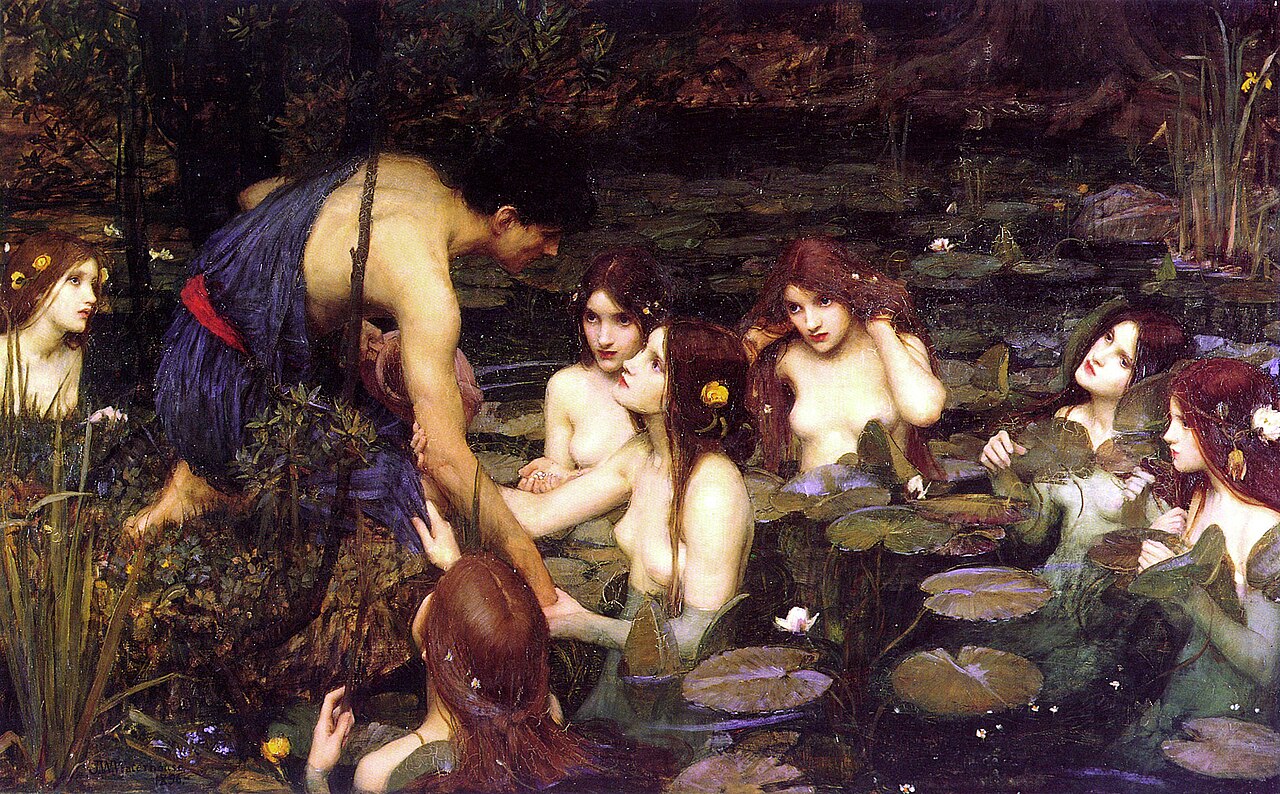
- Dryads: Tree souls. Deep ties. Killing a dryad’s tree was basically murder. Found that story of poor Eurydice (yeah, Orpheus’ wife) – she was a dryad! Died fleeing some creep. Changed how I saw that whole myth.
- Naiads: Freshwater queens. Streams, springs, fountains. People needed clean water, so these gals were VIPs. Made offerings, hoped the naiad kept the water sweet. Big deal for survival.
- Oreads: Mountain maidens. Echo was one! That myth made way more sense knowing she wasn’t just some rando nymph. They were the voice of the rocks, the wild high places where gods like Pan hung out.
Sketched little doodles next to the notes – a leafy woman for dryad, a wavy one for naiad, a pointy one for oread. Helped me visualize the different domains.
The “Aha!” Moment (Kinda Obvious Now)
Sitting there with my cold coffee and messy notes, it clicked. These nymphs? They were the specific places. Not vague “nature spirits”. A dryad was that ancient oak. A naiad was that spring where your village got its water. An oread was the spirit of Mount Parnassus itself. Made the Greeks’ connection to the land feel way more personal, more tangible. They weren’t worshipping distant gods for rain alone; they were placating the local deity right there in their grove or river.
That’s when it sunk in why they mattered. They explained the personality of the world. That rustle in the leaves wasn’t just wind; maybe it was a dryad. That cool feeling near the mountain stream? Thank the naiad. The eerie echo in the pass? That’s an oread playing around. It filled the world with consciousness, with presence. Made nature feel alive and responsive, demanding respect. Way cooler than just saying “it’s magic”.
Wrapping Up My Noodle Diving
So yeah, that’s how my brain wrestled with nymphs. From total confusion (“Tree ladies? Water gals?”) to seeing the deeper point. These weren’t just Zeus’s fan club or Artemis’s entourage. They were the real deal, the local landlords of the natural world. Understanding them? Totally changed how I read those old myths now. Makes everything feel richer, more grounded. The world was literally buzzing with life you didn’t wanna mess with. Pretty smart way to explain needing to respect your environment, honestly.
Next time you see an old tree? Give a little nod. Could be a dryad watching. Probably thinks you’re weird, but hey, politeness costs nothing.

